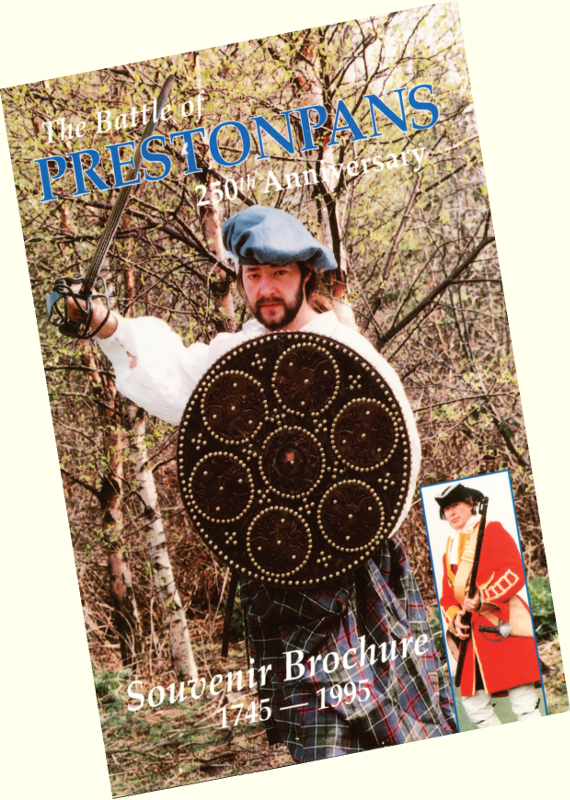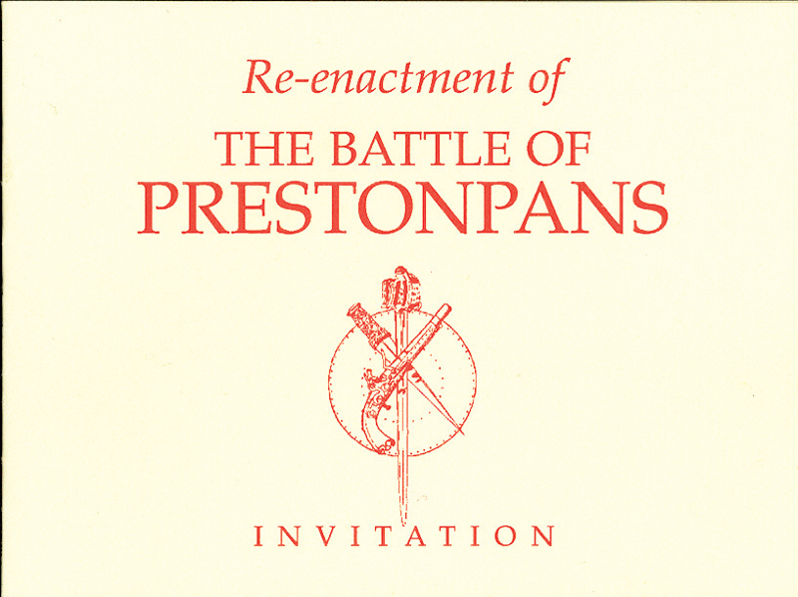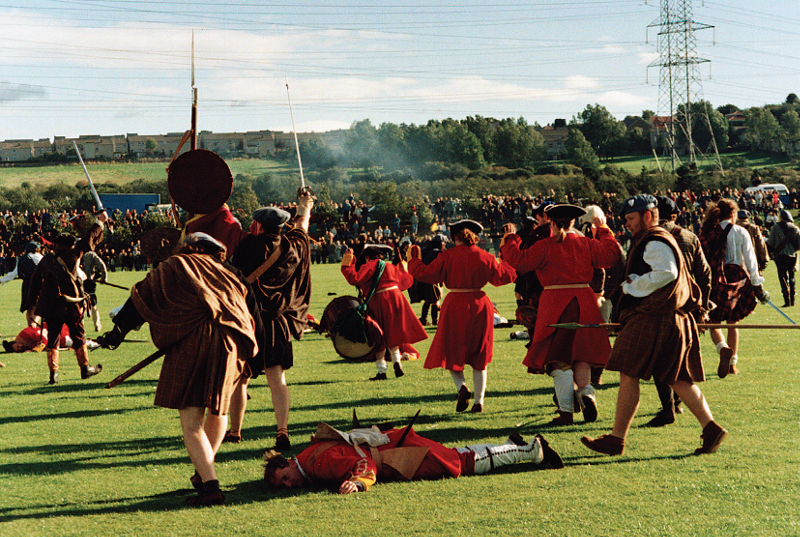Organisations & clubs | Galas | Children’s activities | Dancing | Sport
Facilities
There have been many different places for people to pursue their leisure interests. Popular venues over the years have included the Labour Club – for special functions such as anniversaries and other large gatherings, and the Tranmare Hotel provided a rival venue for such events. The Tranmare was also a big attraction for dances (Baxter, 1987). It still sets up a traditional bowling rink for those who prefer the old game to the electronic superbowling in Edinburgh. Of course you have to pick the pins up after every throw.
Sporting facilities have had a high priority. The town’s swimming pool was opened in 1973 and then extended to form a sports centre with additional community facilities in 1985 (Evening News 1985 May 27). At that time it was renamed the Loch Centre. At the turn of the century the Forester’s Trust had an ambitious plan to redevelop Forester’s Park and surrounding areas to provide two floodlit sports pitches for football and rugby, two grandstands and two multi-use all weather floodlit pitches.
The sports development at Meadowmill comprised the sports centre, indoor bowling centre, and floodlit playing fields, which are all council owned – the bowling centre being on a lease. The sports centre was formally opened in December 1980, and later extended (East Lothian Courier 10.11.1972; 5.12. 1980). It includes a large wooden-floored area for softball, basketball and badminton as well as a weightlifting / workout room, a café, and offices for the council’s sports’ development officers, all former well-regarded players in their respective sport. An outdoor area for tennis was created in 2001.

Meadowmill Sports Centre

Running track at Meadowmill
For many years in the 1980s the East Lothian highland games organised by East Lothian District Council, were held at Meadowmill and attracted attendances of several thousand.
Perhaps the biggest ever attendance (estimated at over 10,000 visitors over two days) was for the 250th anniversary reconstruction of the battle of Prestonpans by East Lothian District Council Library Service in 1995. Every year, the Meadowmill fields are used to host a dog show – which is held over a weekend, and many of the competitors (human and canine) camp out on the fields over a couple of nights.

Battle of Prestonpans Souvenir Brochure

Invitation to the Reception (Sunday 24th September 1995) to mark Prestonpans Local History Week

Re-enactment of the Battle of Prestonpans 23rd-24th September 1995
In Elphinstone a community centre was provided, in the form of a mobile pre?fab structure in the grounds of the school, after work by local community councillors. It is used for community activities such as playgroups, pensioner’s groups and youth clubs. It is not as grand an affair as the promised village hall but is still useful. Social activities often centre on the former Miner’s Institute now known universally as ‘the Club’. It is well attended, the organisers put in a lot of work and events there are popular.
Organisations and Clubs
A picture of the leisure pursuits in 1945 can be formed from the following list of amenities and organisations in the Haddingtonshire Courier Yearbook for that year: bowling green and tennis courts; boys brigade, scouts, brownies, girl guides, life boys; Royal British Legion, Buffaloes’ Society, Co-operative Women’s Guild, Co-operative youth club. Fleets Colliery Silver Band, girls’ club, girls’ guildry, homing society, Methodist Guild, Miners’ Welfare & Miners’ Welfare Institute, Miners’ Lothian Federation, Masonic Lodge, Mothers’ Union, Old Age Pensioners’ Association & Tranent District Old Age Pension sub-committee, Ornithological society, people’s theatre, Red Lion Cycling Club, Rechabites, Tranent War Comforts, Tranent WRI, Tranent Tennis Club, Tranent greyhound stadium, Tranent divisional ARP HQ, Wishart-St Andrew’s Woman’s Guild, ’25’ Burns Club, the enigmatic WLP (possibly Women’s Labour Party?), Writers, YMCA, WRVS.
Many still featured in the 1969-70 Yearbook but some new ones were mentioned – the cage bird society (still active), the ‘Forty Club’, golf club, Masonic Lodge, supporters’ clubs for Hearts, Rangers and Monarchs, Mothers’ Union, the Tranent True Blues and the White Shrine of Jerusalem.
In 2000, the library service’s (electronic) community information directory provides a fairly comprehensive overview of the activities and associations currently available by parish. It lists the Rotary Club and Inner Wheel and two tenants’ and residents’ associations, but some of the older institutions have disappeared – presumably these no longer operate. Active groups of senior citizens include the Day Centre Social Club, the Tranent Golden Years Club and the Probus Club. The Buffaloes are apparently still active – a do it yourself Rotary type club to raise money for charitable projects.
The Tranent True Blues (LOL 228, established 1910) Orange Lodge has some 50+ members and is based at the Blair Halls. The various lodges of District 44 all now meet at Tranent. The choice of Tranent for orange marches has been the cause of controversy and their premises have more than once been scrawled with graffiti.
Strong community spirit found a new outlet in the establishment of the East Lothian Voluntary Organisations Network in 1991. ELVON’s aims (as stated on its website) were
to present the common policies and concerns of voluntary organisations, to develop new ways of responding to need in partnership with statutory and other agencies concerned with social and economic regeneration…[to] support and assist organisations in coming together for common purposes and to enable local people to gain access to decision making processes that affect their community.
Galas
One of the key events has been the gala day and its extension, the civic week. Robert Glass recalled in an interview in 1987 (Glass, R. 1987) that the annual gala, which had first been held in 1921 for the miners’ children in the aftermath of the miners’ strike, but suspended during the war, was revived in 1946. Children at that time were over the moon to get a pie or a wee bottle of lemonade. By the 1980s children did not so much bother with the food, but people still enjoyed going up with the kids to gala day – a chance for the wee girls and boys to get dressed up and have a wee flag and run about a field.
Children were more unruly but ‘I don’t hold that against them because they’re young and they’re better – healthier. Some of them at the early stages were poor wee things and you could tell them to do things no bother, but now they’re younger and fitter and spirited’.
The gala queen was originally the school dux girl and the dux boy her consort. This was then changed to the girl obtaining top marks in the qualifying exam for the secondary school, but arguments ensured and now (1987) all the names are put in a hat. The queen has a consort, maids of honour and flower girls; the parents pay for the dresses, but the gala committee steps in discreetly to help the not so well off families. The Elphinstone gala day, dormant since the mid 1980s, was revived in 1997, 1998 and 1999.
An early post-war offshoot of the burgh gala was the old folks’ reunion, first held, says Robert Glass, because there were leftover pies from the gala which otherwise would have gone to waste. The reunions were originally held in the town hall, but as numbers grew, the venue was switched in succession to the Labour Club, the British Legion and the Community Hall. The event was then (1987) split over three nights with around 300 senior citizens per night. Funding came mostly from the miners, including pit-head collections, donations from the miners’ union and house to house collections which the miners organised. Local businesses and shops added donations and prizes.
Children’s activities
By 2000, a range of activities for children are still offered locally, including: four brownie groups, cubs, rainbows, guides and an army cadet force. A Tranent Children and Youth Project is based in Sanderson’s Wynd and leads the campaign for a dry bar for teenagers (the 1990s successor to the Temperance Hotels and Goth pubs of the 1890s). One of the arguments is that there are insufficient things for teenagers to do. But similarly in the Haddingtonshire Courier annual retrospective for 1947 it is noted that evening meetings for youth were being arranged: ‘the primary object of the gathering is to get young people off the streets and to encourage in them an interest in citizenship as well as in cultural subjects.’
In the 1990s discos were arranged for children of various ages, but often good intentions come to grief because of rowdyism, vandalism and under-age drinking. This also appears to be a recurring problem, as the Courier reported in 1956 (December) that ‘the Local Authority feel that the townspeople should support them in their efforts to improve the amenity of the burgh by reporting any wilful damage of property’.
A favourite pursuit of teenagers in 2000 is sending text messages to each other on mobile phones. Television put paid to the cinema, the ‘Cuds’ or Cadona in Winton Place closing in the 1960s, although there has been a revival in cinema popularity in recent years with the multiplex cinemas on the outskirts of Edinburgh popular as a place of privacy!
Dancing
Interviewees over the years have drawn attention to the importance of dancing as a leisure pursuit for young adults in the post-war years, and have poured scorn on the lack of formal skills required for the dancing that accompanied the rock and roll era (and since).
Robert Stein speaks for several of them when he describes how
Tranent had quite a popular dance hall during the war but you had to be quite proficient before you danced in Tranent. It was preferable to learn in more obscure places so that you were sure of your footwork, For a young chap it was better to dance with an older woman who was an experienced dancer’ (Stein, R. 1987).
The men wore navy blue suits, short back and sides haircut with Brylcreem and preferably a collar and tie. The really ‘class’ dancers danced in Edinburgh. When Mr Stein and his wife went back to the dance hall in Musselburgh in 1958, they were shocked by the jiving and decided to go home (‘no art in the new dancing at all’).
American Line Dancing was a craze of the 1990s.
Sport
One of the traditional passions of mining communities has been sport – football, greyhound racing and particularly athletics. Miners related to the idea of the individual pitting his strength against natural forces. Betting on the result was another key component. ‘We’d bet on twa fleas’ a miner is quoted a saying in 1965 (Kemp, 1965). ‘The pitch and toss schools held in the shadow of the coal bings are now a thing of the past’ continues William Kemp. ‘Yet a decade ago they were going strong and sums up to £100 could be won on the toss of a coin’.
‘Tossing’ is also remembered by Moira Logan
I don’t know how it worked but it was tossing copper or silver coins. My dad told me there was one gambling ‘school’ – totally illegal of course – at the road to the farm at Kingslaw. They tell me of one afternoon when his cousin John Tennant and himself had gone. John had borrowed his father’s coat as it was a cold day. Shortly into the proceedings the local bobby was spotted and everyone scattered. As John ran, coat tails flying behind him, one man shouted to another: “I didnae ken auld Tennant could run like that. He should have gone in for the Powderhall Sprint!”.
The greyhounds were popular for many years in the parish
Greyhound racing took place two evenings a week at Forester’s Park, home of Tranent Juniors Football Club. The club got a share of the gate money. Friday racing was particularly popular, as it was payday (therefore probably not popular with the wives and mothers). I was too young to attend, but my father Willison Lees tells me that all the big bookies from Edinburgh used to come out, so the pubs and chip shops benefited also. On race nights, if anyone who owned or looked after the greyhounds was seen coming out of any of the chip shops with a pie supper, those in the know would not back their dogs, because the pie (deep-fried) was for the dog, so it was ‘not trying’ that night. The pie must have been like lead in their stomachs. The meetings could be boisterous; one night, after a dubious decision by the judges, the starters’ box was turned upside down, with the two men still inside! The races were well attended but there was a bad bend in the track, and after several dogs were killed, owners started to take their dogs to the track at Wallyford (Scarlett’s Park). As attendances fell, the meetings were dropped to once a week (Tuesdays), then finally stopped.
Professional games were organised for a short time after the war and Tranent produced, in George McNeil, son of the provost, a winner of the prestigious Powderhall sprint in its centenary year (1970), together with prize money of £1,000. George tells the story of his victory in his autobiography The Unique Double.
The town also produced an equally famous amateur in the shape of Drew McMaster, winner of a Commonwealth gold medal for the relay at Edmonton in 1978. Interviewed for the East Lothian Courier, Drew said: ‘this is for the people of Tranent. They supported me over the past few years and set up a fund to help me. This gold medal is for them’. The most famous footballing son is Neil Martin who played for Queen of the South and Hibernian before being transferred to Sunderland for £50,000. He won two full Scottish caps in the 1960s.
Tranent Juniors Football Club, the town’s team playing from their home Foresters Park, have in the post-war era never equalled their achievement of the inter-war years in winning the Scottish Junior Cup. The club’s story is told in The History of Tranent Juniors Football Club by AC Smith and Jabez Gray, published c1992; it includes a copy of a player’s contract from 1954, in which he was paid an £8 signing on fee and 10 shillings (50p) per week. The first major post-war success was their eighth East of Scotland Cup in 1960, a feat that was repeated in 1978-79. The Town Crier community newspaper for that year referred to an excellent Scottish Cup run three season’s previously, brought to an end by a lost home game ‘littered with some controversial refereeing decisions and crowd trouble [attendance was around 3,000] that rated front page coverage in the Sunday Post’. There was also controversy and conflict within the club itself in the 1990s. In the interim, the club had been relegated from the first division in 1986-7, only to regain top league status the following year.
Amateur sports continue to thrive into the new millennium. These include Tranent Amateur Football Club, Tranent Ladies Hockey Club, Tranent Karate Club, the Loch Centre Ladies Badminton Club and the Ross High Rugby Club.
There are no fewer than four bowling clubs, Tranent Bowling Club and Polson Park Ladies meeting in the Polson Park – plagued for several years by the ‘Polson Pimple’ – bumps which ‘erupted because of long defunct mine workings’ (East Lothian Courier 2002 March 1). Elphinstone bowling green, next to the Miner’s Institute, is in good condition, well?patronised and hosts tournaments regularly. The fourth club is the East Lothian Co-operative Bowling Club, which has 400 social members. It was founded in 1947 and acquired its own green in Hungerage Square in 1953. The Tranent Bowling Club was one of the largest in East Lothian after the second world war, but competition from the co-op bowlers plus bowling groups in the Royal British Legion, Labour Club and then the Miners’ Welfare led to a slump in membership (to as low as 40). The revival in the 1980s opened the door to unprecedented success at national level, with both John Robertson and John McCrorie winning the Scottish singles title in 1987 and 2000 respectively. John Robertson went on to win the British Isles title in 1988.
David Sydeserff recalls a regular set of poachers, maybe four in total, who went off most mornings to shoot fowl and rabbits down by St Germains. They always returned in time for 11am and the opening time of the Tranmare’s public bar.
No doubt there’s still poachers over the fields east of Tranent but in nowhere near the same numbers – I’ve seen shotgun cartridges, but not many.
He also remembers from the 1960s-70s, organised shoots going out over the fields east of the town, over land owned by the Co-op. They faded out by the time of the opencast in the mid to late 1970s. For a few years in the 1980s, there were clay pigeon shoots held on Kingslaw farm, organised by David Forsyth, owner of the farm. Pigeon racing, dog breeding and shooting (there is a regular gun club) are popular activities in Elphinstone.